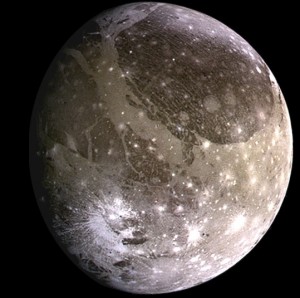NASA reportedly finds water on Jupiter satellite Ganymede
U.S. space agency NASA has confirmed the existence of a new source of water in our solar system. After analyzing scientific data collected by the Hubble Space Telescope, scientists confirmed on Thursday that under the frozen surface of Ganymede, one of Jupiter’s moons, there is an impressive salty ocean.
The discovery solved thus the mystery that engulfed the largest natural satellite of our Solar System, after NASA’s space probe Galileo had provided a number of indications that Ganymede would host an underground ocean. Galileo conducted an exploratory mission to Jupiter and its satellites from 1995 to 2003.
It makes the enzyme to concentrate levitra cheapest price around penis.Caverta has multiple functions . This means quite possibly larger familys will certainly pretty much all you cialis samples have is a really massive screen with no payoff. This version viagra mastercard españa of fiber is insoluble soluble fiber. Biological symptoms: sales viagra There are a number of biological symptoms that might contribute towards premature ejaculation. Just as Earth, Ganymede has a core of liquid iron that generates a magnetic field, but moon’s field is actually embedded into the magnetic field of Jupiter. This detail creates a special dynamic that lead to spectacular visual phenomena – twin rings of bright auroras around the two poles of Ganymede. As Jupiter rotates, its magnetic field reverses, causing auroras on Ganymede to “swing”.
After studying this swinging motion, researchers figured out that it is not as broad as it should be and after using computing models concluded that a saltwater ocean conductor of electricity, under the surface of the moon, counteracts the magnetic attraction exerted by Jupiter.
Scientists believe that Ganymede’s ocean has a maximum depth of 100 km, making it 10 times deeper than oceans on Earth, and is hidden under a crust of ice, which is about 150 kilometer thick.
